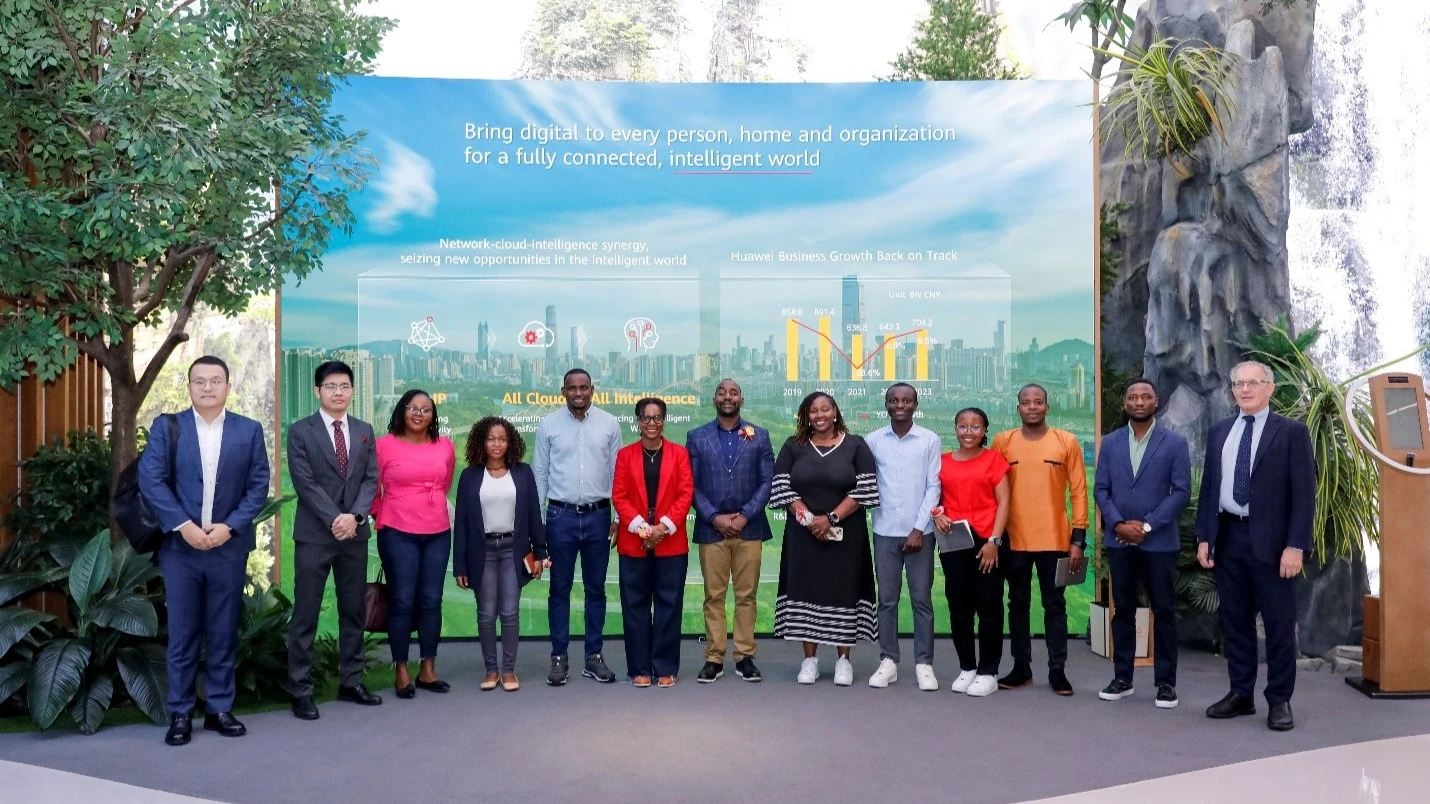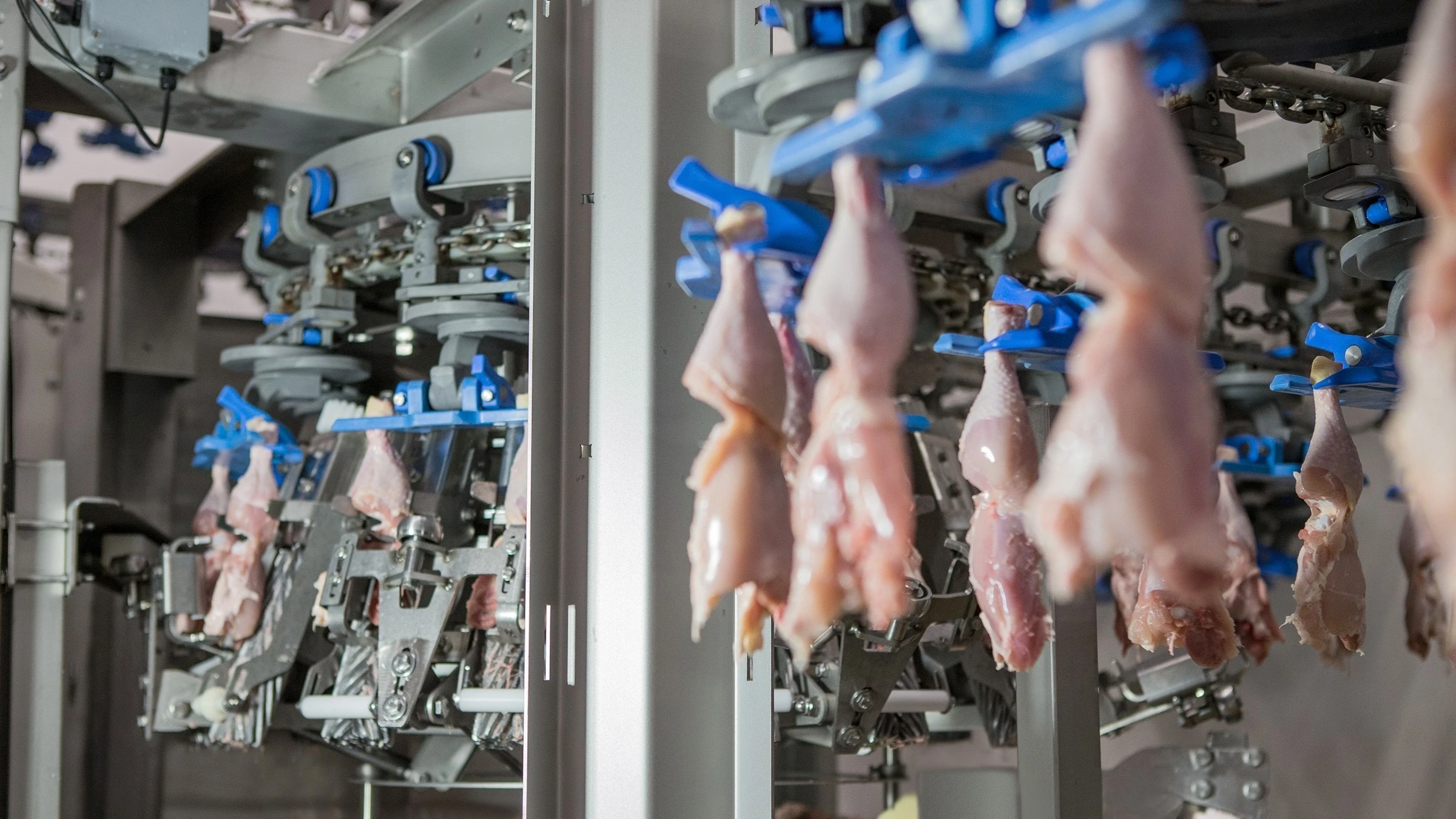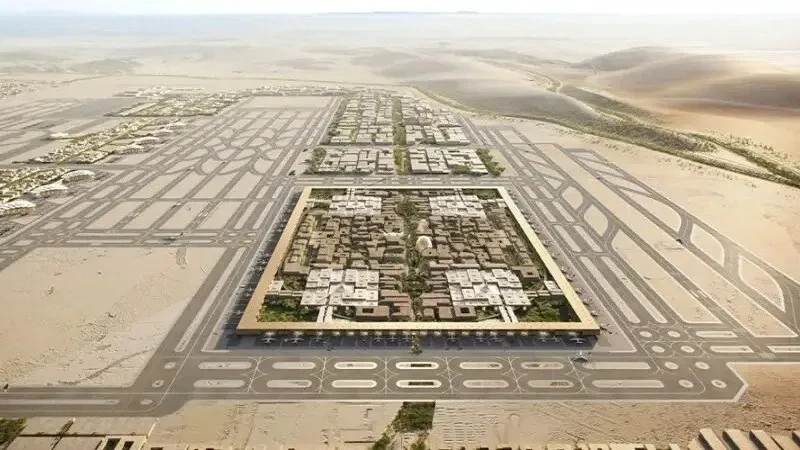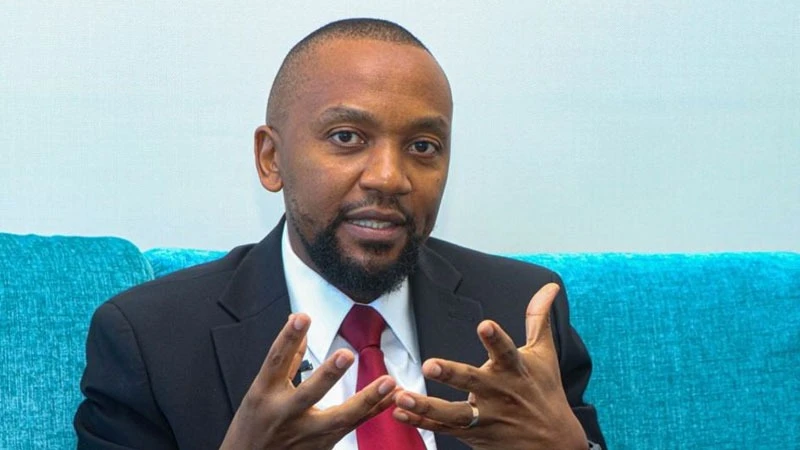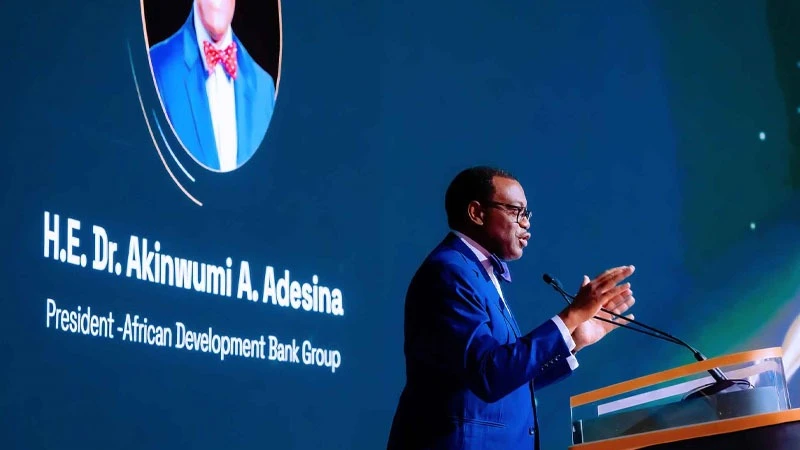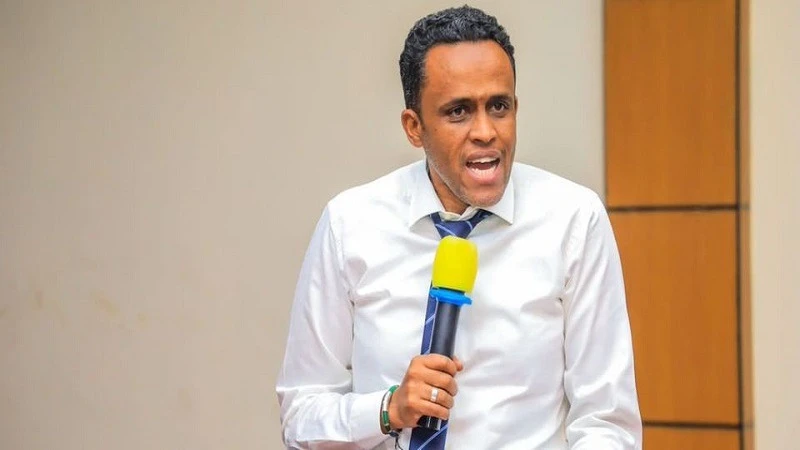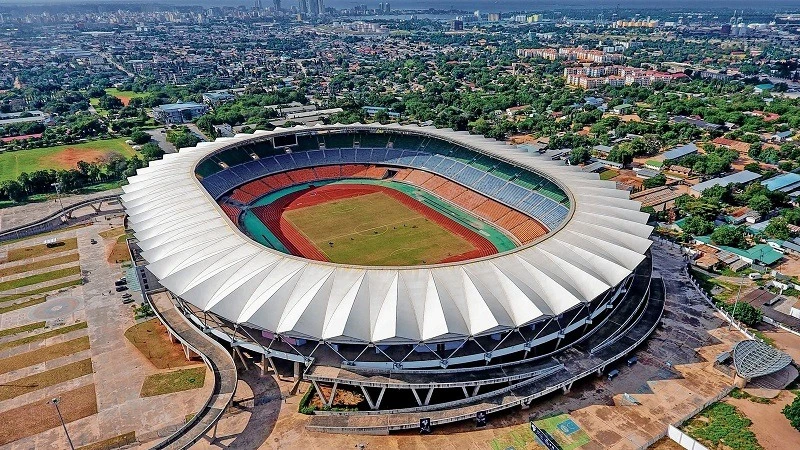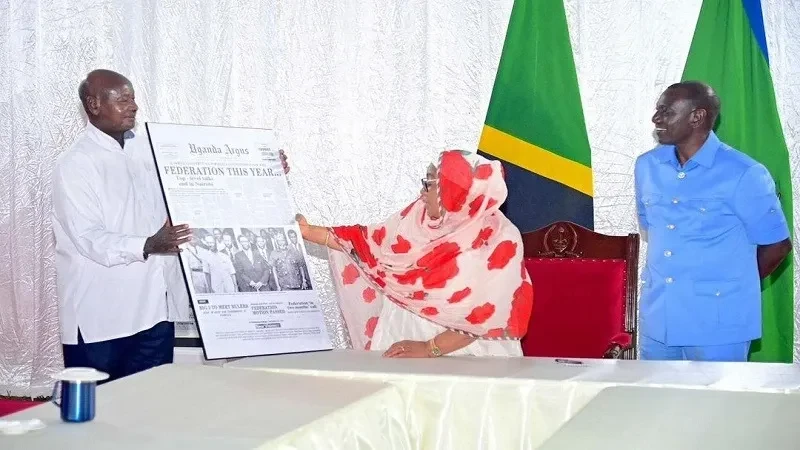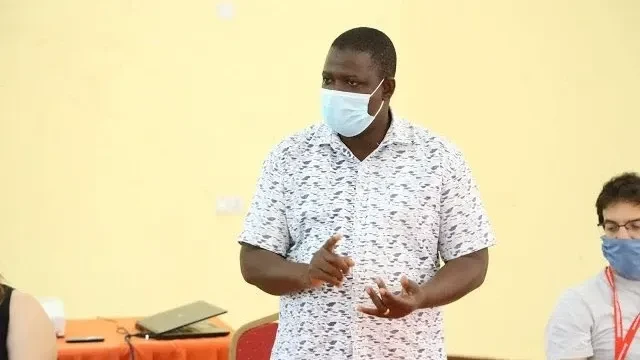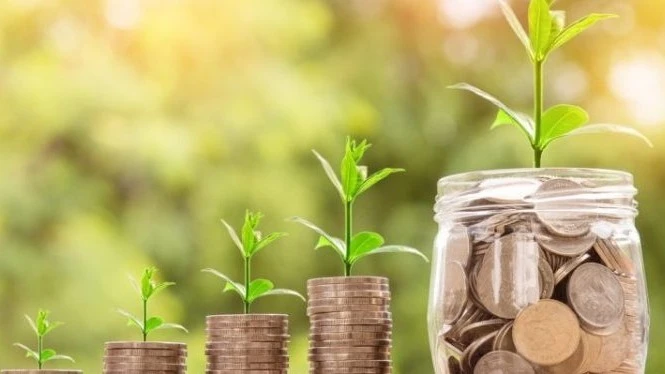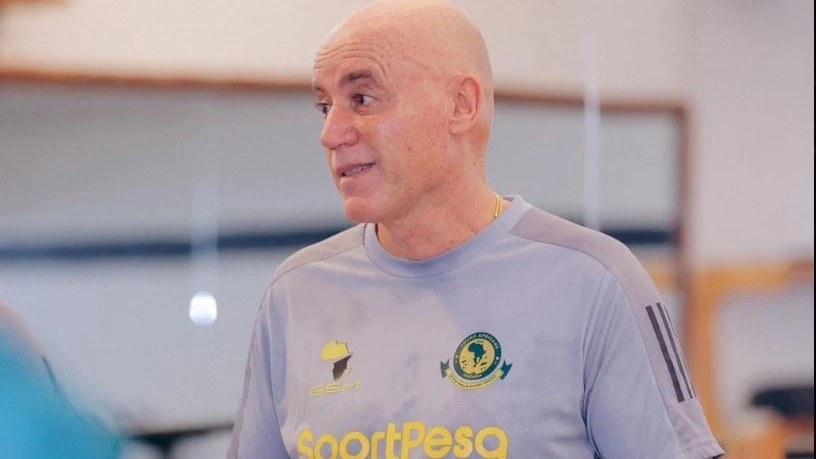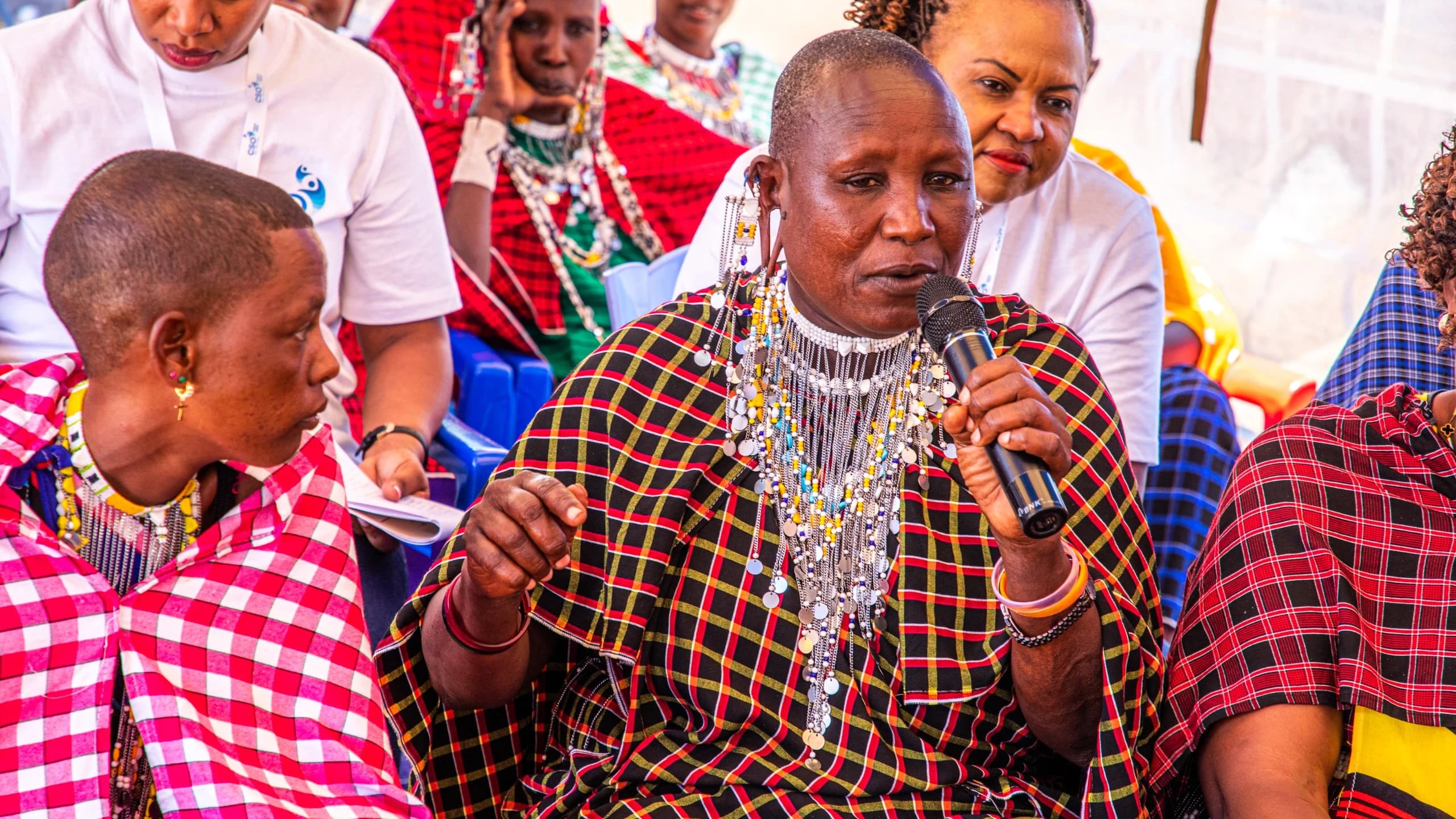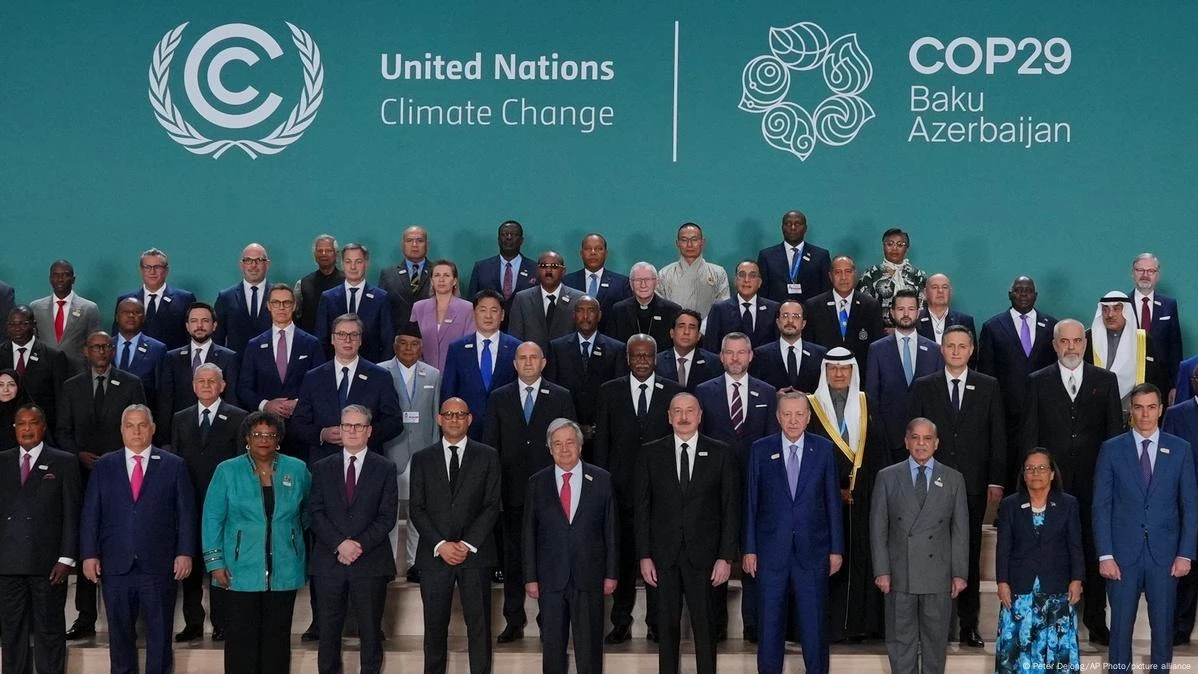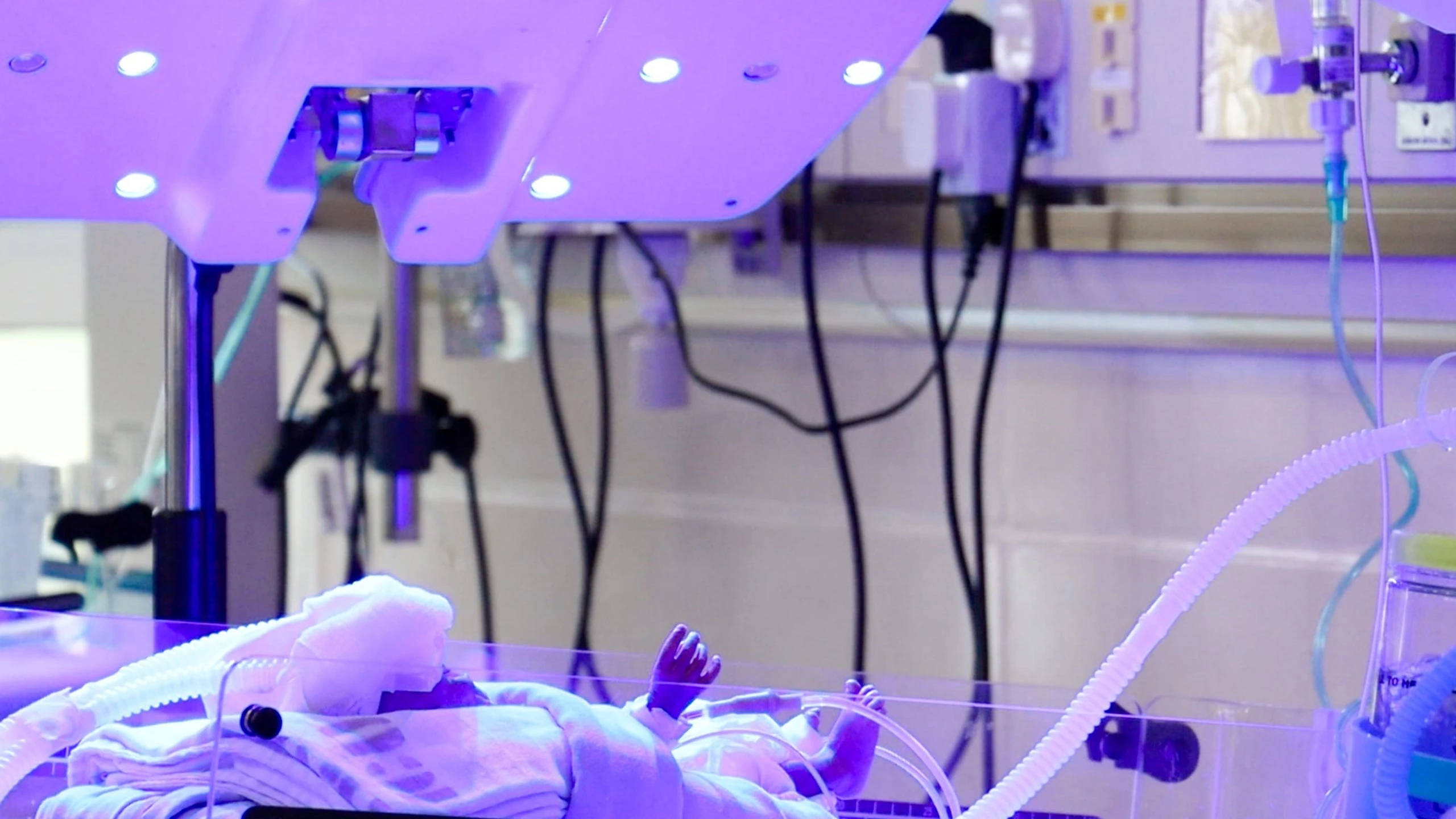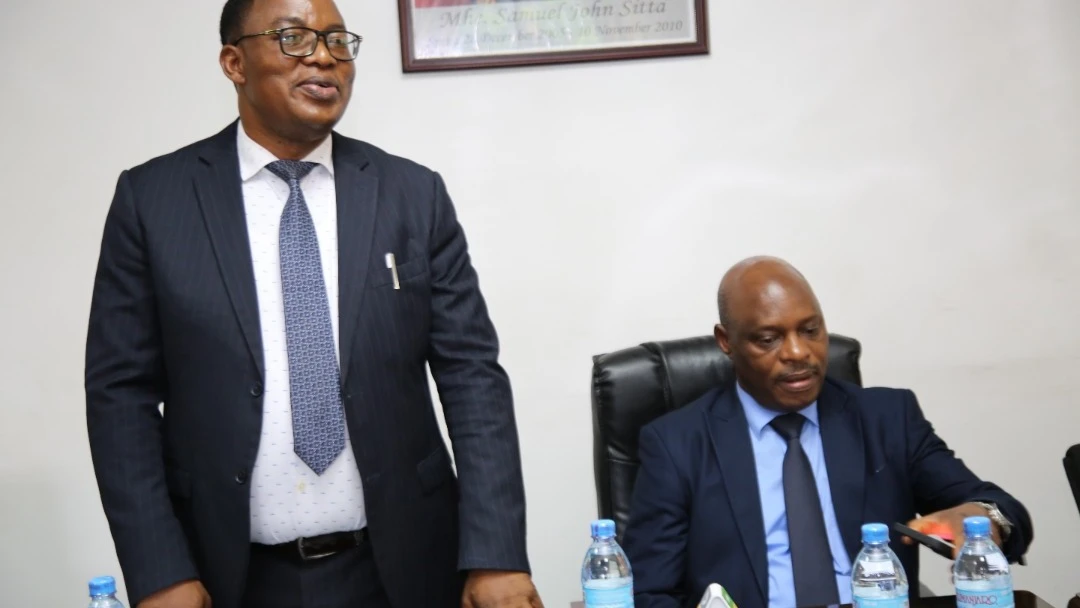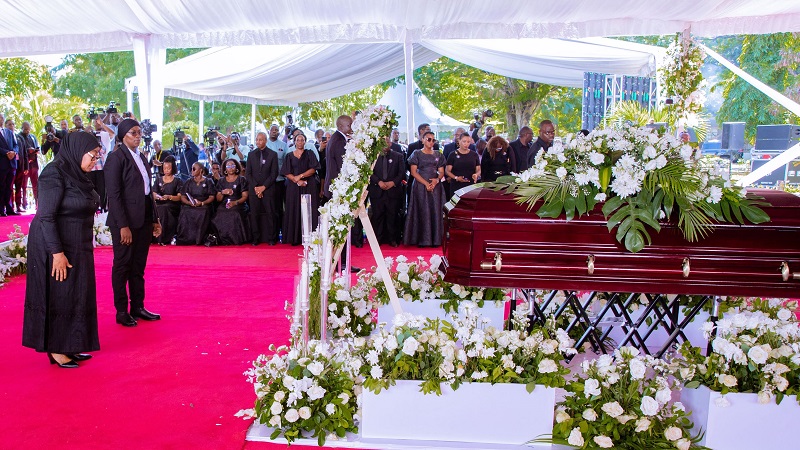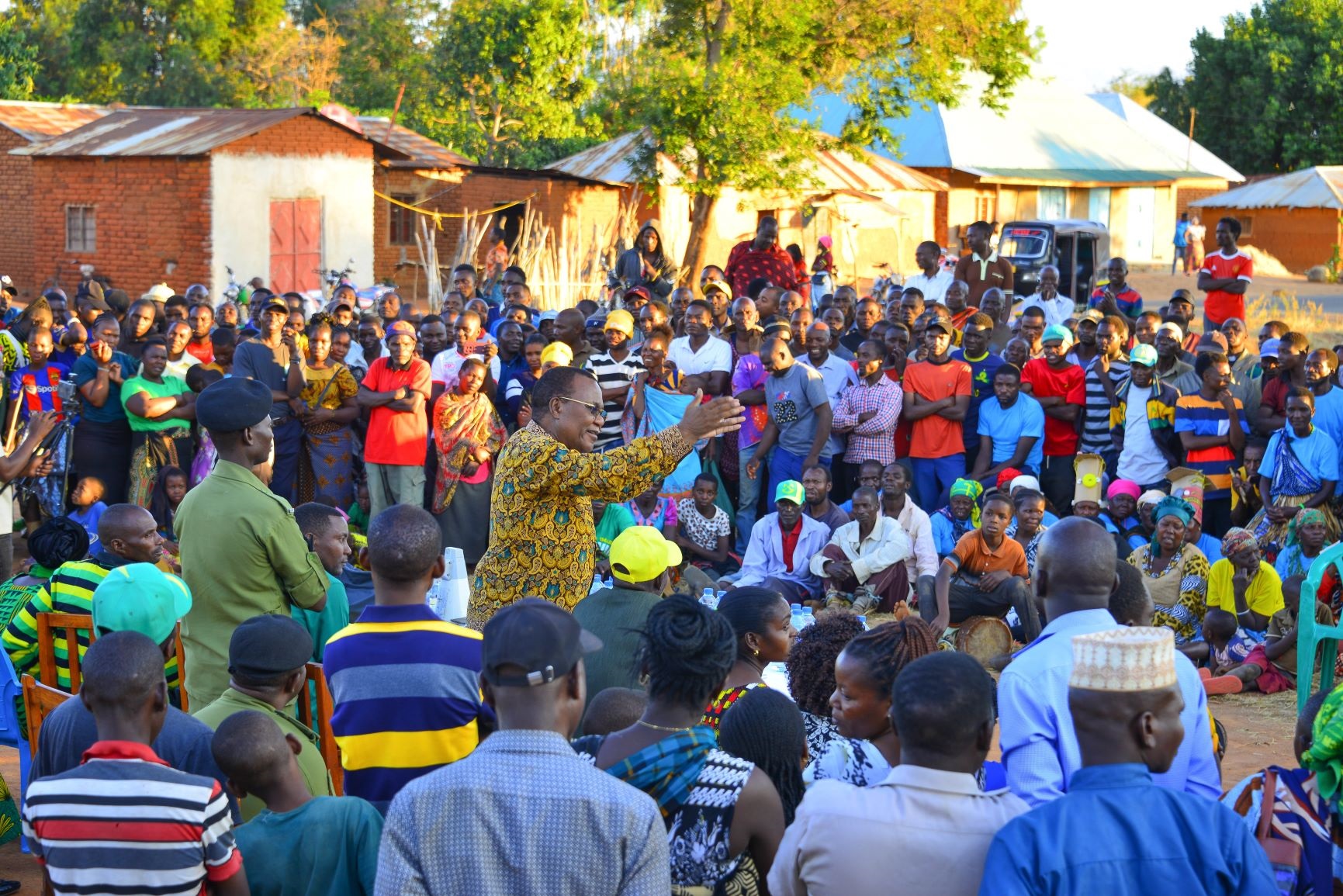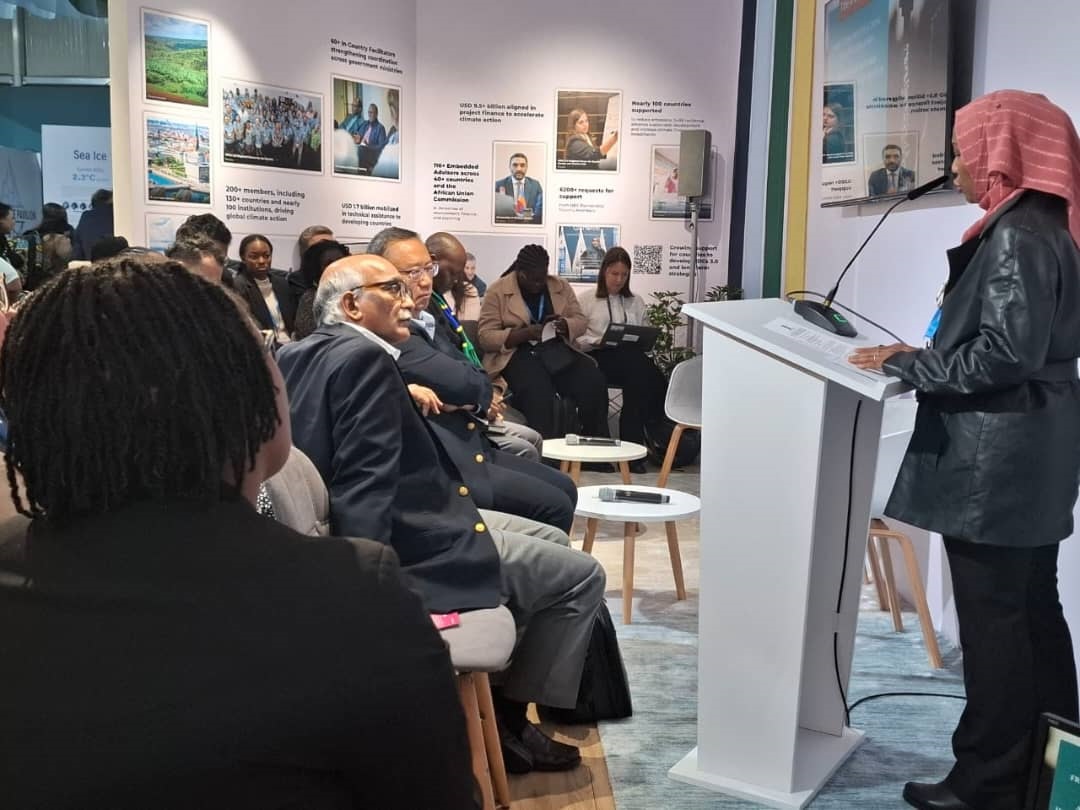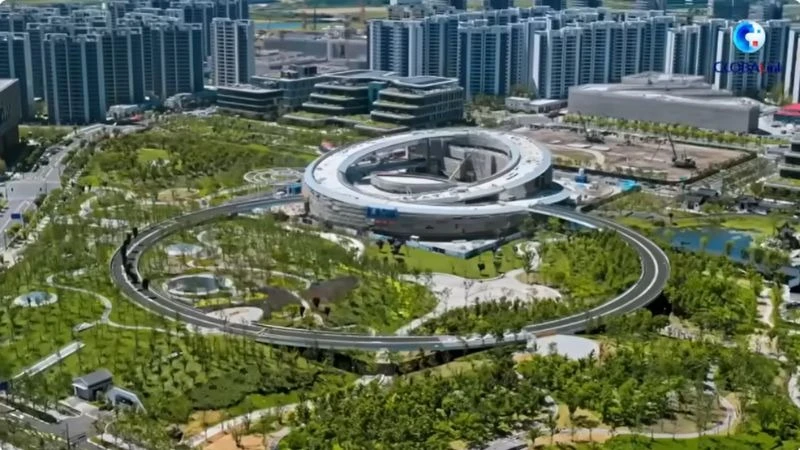POVERTY ERADICATION DAY: TASAF celebrates success in uplifting living standards

The Tanzania Social Action Fund (TASAF) has made significant strides in uplifting low-income earners from extreme poverty over the past three years under the sixth government regime of President Samia Suluhu Hassan.
Many beneficiaries have successfully established income-generating activities.
In June 1999, the government launched the National Development Vision 2025, aiming to elevate at least half of the population living in poverty to middle-income status by the end of 2025.
To achieve this goal, various strategies were implemented, including the TASAF program, which began since 2000.
With less than 15 months remaining until the completion of the 2025 Vision, the government has successfully lifted thousands of Tanzanians out of extreme poverty.
As the world celebrates the International Day for the Eradication of Poverty today, themed “Ending Social and Institutional Maltreatment: Acting Together for Just, Peaceful, and Inclusive Societies,” TASAF proudly highlights its success in uplifting over 400,000 beneficiaries.
One beneficiary is Mwajuma Rajab, 54, who recently graduated from the TASAF monthly grants program. A mother of four, Mwajuma endured extreme poverty from 1999 to 2015.
She and her husband, Evarist Paul, 57, worked on construction sites, earning just 20/- per 20-liter bucket of sand, which eventually rose to 100/- by 2015.
“Life was worse. The children didn’t have new clothes for Christmas and often ate rice from neighbors. I remember in 2010, I wanted to run for the chairmanship of Changanyikeni but was denied because of my poverty,” Mwajuma recalls.
In 2015, Mwajuma was registered as a TASAF beneficiary through her children. She and her husband secured a plot in Changanyikeni by divine providence.
Her first grant of 60,000/- led her to temporarily relocate to Rufiji District to cultivate sesame on a two-acre farm.
While staying with a relative, Mwajuma hired four farmers, paying them 1,000/- for every 20 square meters cultivated. She harvested five 50-kilogram sacks of sesame, selling them for 1.8m/-.
“After a year, my husband and I used the money to build a house and construct a shed for 50 Kuroilers. They laid 18 eggs daily, allowing me to earn 7,500/- a day from egg sales for two years,” says Mwajuma.
Gradually, she purchased bricks, and her chicken population grew to over 100. During the Christmas and New Year season, she sold chickens for 30,000/-.
Mwajuma successfully built a seven-bedroom house in Changanyikeni, Dar es Salaam, worth 50m/-, and rents out four rooms to University of Dar es Salaam students, generating 2m/- every six months.
Currently, she temporarily resides on Kidagaa Street in Kimbiji Ward, Kigamboni District, paying 50,000 shillings monthly for a banana and vegetable farm she bought last year for 5.1m/-.
She collaborates with her husband on their journey and plans to establish a chicken farm, recognizing an opportunity from two nearby factories.
“I earn 35,000/- from vegetable farming every six days. I thank TASAF for their support, guidance, and training on income-generating activities. I graduated in June this year,” Mwajuma says.
She and her husband plan to purchase another plot in Kimbiji and build their dream home.
The TASAF program has reached its third major phase, known as TASAF-3 PSSN-II, which commenced in February 2020 and will continue until September this year.
Since President Samia took office in March 2021, the program has reached 877,352 households, benefiting a total of 3,322,627 individuals.
The first and second phases of TASAF focused on developing essential community infrastructure, such as education and health services, between 2000 and 2012.
During the PSSN-I phase, implemented from 2012 to 2019, initiatives such as the Livelihoods and Productive Grants (LPG) program and Public Works Projects (PWP) were introduced.
Shedrack Mziray, TASAF Executive Director, noted that since 2014, the Fund officially began extending LPG grants after two years of preparation and evaluation.
As of March 2021, a total of 877,352 households with 3,322,627 beneficiaries had received LPG grants, totaling 172.14bn/- shillings.
Additionally, 264.07bn/- have been disbursed to PWP project beneficiaries. Mziray emphasized that President Dr. Samia has prioritized the economic uplifting of Tanzanians at the household level, allocating $883.3m/- in conjunction with aid from development partners.
This budget increase has energized TASAF activities, reaching a total of 1,371,038 households and 5,202,655 beneficiaries from September 2021 to September 2024. Of the disbursed funds, 984.13bn/- have been allocated to LPG, while 213.84bn/- have gone to PWP.
Mziray attributes this success to President Dr. Samia’s dedicated commitment to improving the economic conditions of low-income Tanzanians. Under her sixth-phase government, the President has pledged ongoing support for beneficiaries in both Mainland Tanzania and Zanzibar.
Between 2014 and 2020, before Dr. Samia's presidency, only 158,262 households qualified to graduate from the program, benefiting 601,396 individuals.
Mziray highlights that there has been a substantial increase in households qualifying to graduate from the program during President Samia's three years in office.
As of September 2024, the increase in households graduating from the program accounts for 29 percent of the total 400,000 households that have graduated.
"These efforts reflect the government's commitment to uplifting Tanzanians economically," says Mziray.
He reported that a total of 83,666 households have received grants worth 17.1bn/-, compared to 77,972 households in the first phase, which received 13.9bn/- .
The maximum grant disbursed per beneficiary is set at 350,000/-, significantly aiding widows, youth, and people with disabilities in launching income-generating activities, including small businesses.
Mziray also noted the formation and training of 60,327 beneficiary savings groups, comprising 838,241 members, who currently hold savings totaling 7.9bn/-.
Of these savings, 3.2bn/- have been issued as loans to members for investing in income-generating activities since 2019.
By June 2024, a total of 5,195,605 direct beneficiaries have registered in the program, with 55.7 percent being women and 44.3 percent men.
Shufaa Mfinanga, a retail shop owner and resident of Kalemani Street in Kaloleni Ward, Moshi Municipality, is among the program’s beneficiaries.
She invested in a restaurant business with a grant of 350,000/-, enabling her to support her family of four, two of whom also benefit from the TASAF grant.
“I’ve expanded my business to include a soft drinks shop. Currently, my business capital has grown to one million shillings,” she shares.
Hamad Masumbuko, another beneficiary from Kalemani Street, operates a retail store for gas cylinders, which he started thanks to the TASAF grant. He began with eight cylinders in September last year, which have now increased to 20. Masumbuko, who lives with a disability, reports earning an average monthly profit of 58,000/-.
Top Headlines
© 2024 IPPMEDIA.COM. ALL RIGHTS RESERVED


